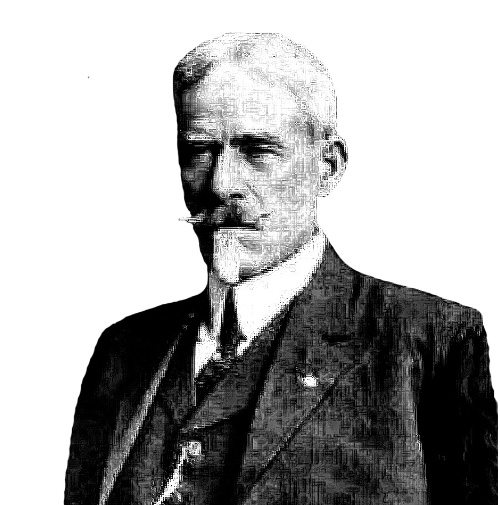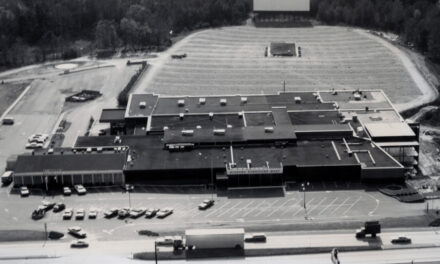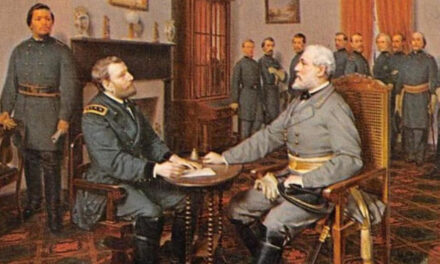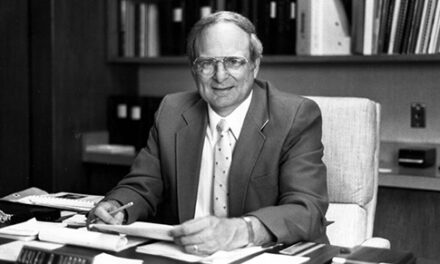
One Thursday night in Hickory, a man was arrested for disorderly conduct while spending his evening at a bar. He was a prominent citizen in town, but newspaper reports acknowledged that he was “accustomed to take a drink whenever he feels like it.” They backtracked somewhat by saying first that he never he was never drunk enough to “justify” the charge and second, “on the evening in question,” he “was less intoxicated than usual.”
No less than the Chief of Police made the arrest. The perpetrator cursed and threatened his captor as he was escorted to the city “lock up.” Friends prevailed on the mayor to let them take the drunken belligerent home. In those days justice was swift. Trial for the infraction was scheduled for Saturday afternoon. As it turned out, the court proceedings were much more eventful than the crime.

Photo: An older, and hopefully wiser Colonel
Back in those days, Hickory handled such disturbances with a system called Mayor’s Court. One of the functions of the elected head of city government was to preside over cases like this and render a verdict of guilt or innocence. Word had gotten around town about the incident and a large group of spectators filled the room to see what fireworks might occur.
When the case was called, the defendant, who happened to be a lawyer, decided to represent himself. He believed that since he had fewer drinks that night than normal, the Chief arrested him in an “exhibition of petty spite.” He determined to challenge Hickory’s top policeman by putting him on the stand and challenging him directly about the incident.
The perp/lawyer insisted on “explicit answers to his questions.” After several queries about the malice of the arrestor against the arrestee, counsel turned to the mayor and insisted that the Chief was being untruthful. The pressure popped the cork of the Chief. Under such grilling, the “supposed guardian of the peace” got mad, so mad that he “drew his official ‘billy’ (club) and hurled it with deadly force against the unoffending, unarmed prisoner at the bar.” He had a good aim. The club hit the defendant, causing a deep wound above the left eye. Some said that it was a “miracle that he was not killed.”
That’s when all order in the court was lost. As the lawyer was being carried out to get his wound sown up at a nearby drug store, spectators were so angry that they began to rush the Chief, who was still sitting in the jury box, next to the mayor. They shouted “kill the d—n rascal, mob the police.” Sensing the threat, “the honorable mayor, entirely losing his head, brandished a pistol and threatened the crowd if they made any movement” to overtake the Chief of Police. According to reports, nothing like it had ever happened before, maybe even since.
By nightfall, the city council met in an emergency session to discuss what to do. One member sought the resignation of the Chief. The motion was rejected, 5-2. They appointed a committee to look into the incident.
After getting stitched up, the defendant took to the press to declare that he would sue the city for $360,000 (current rate). Instead, he was acquitted of all charges by later court action and let the matter rest. The Chief was found guilty of striking the defendant ordered to pay a fine that equates to approximately $1,000 for his momentary lapse of reason.
The event happened on a Thursday night in February of 1898. The mayor was A.D. Shuford, the Chief of Police was E.C. Clement. The accused was none other than Colonel Marcellus E. Thornton, subject of an upcoming book. The incident demonstrates that whatever we think about our times, the past always has a better story.








